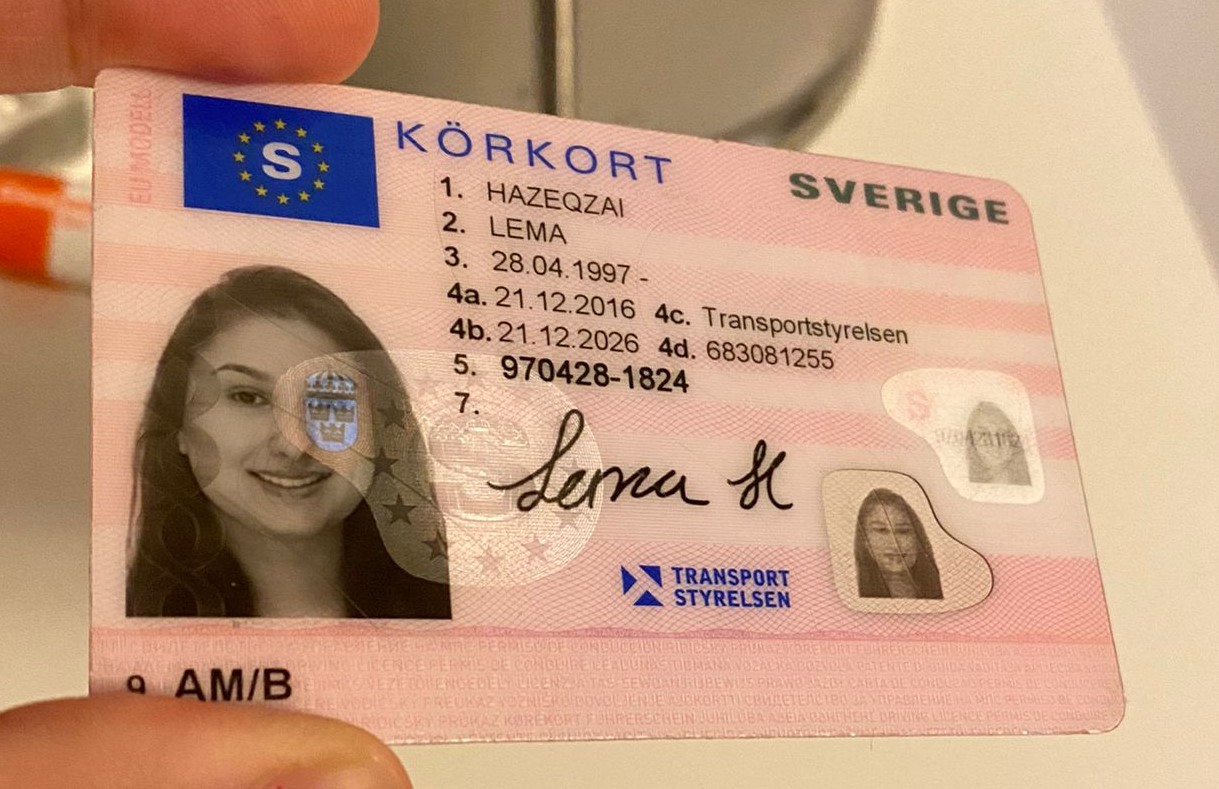What Is The Reason? Address Transportstyrelsen Is Fast Becoming The Ho…
페이지 정보
작성자 ET 작성일25-08-13 13:08 (수정:25-08-13 13:08)관련링크
본문
Understanding Transportstyrelsen: Sweden's Transport Agency
Transportstyrelsen, or the Swedish Transport Agency, plays a crucial role in the management and guideline of various transport sectors within Sweden. Responsible for making sure safe, efficient, and sustainable transport systems, this agency supervises a wide range of transport modes, consisting of road, rail, air travel, and maritime. This article explores the agency's structure, functions, regulations, and influence on the Swedish transport landscape.
Overview of Transportstyrelsen
Established mainly to improve the management of the transport sector, Transportstyrelsen combines multiple roles related to traffic safety, infrastructure, and environmental impact. The agency operates under the Ministry of Infrastructure and works in collaboration with city governments, economic sector stakeholders, and international companies.
Key Functions of Transportstyrelsen
Transportstyrelsen's responsibilities include a broad scope, which can be summarized as follows:
Regulatory Framework Development
- Establish guidelines and standards for all transport modes.
- Display compliance and impose suitable laws and instructions.
Licensing and Registration
- Handle the licensing process for chauffeurs and transportation businesses.
- Maintain a thorough database of registered vehicles and aircraft.
Traffic Safety Promotion
- Conduct research and gather data on transportation security.
- Implement projects focused on increasing public awareness about traffic security.
Sustainability Initiatives
- Promote eco-friendly transport solutions.
- Motivate the adoption of electrical and alternative fuel lorries.
International Collaboration
- Engage with other European and international transportation authorities.
- Take part in initiatives targeted at balancing transport regulations throughout borders.
Organizational Structure
Transportstyrelsen is organized into several departments, each concentrating on specific transportation modalities:

- Road Traffic Department
- Train Department
- Maritime and Air Traffic Department
- Environment and Sustainability Department
- Financial Analysis and Strategy Department
This structure enables for expertise and focused efforts in managing the diverse aspects of transport within Sweden while ensuring that all departments work collaboratively towards common objectives.
| Department | Secret Responsibilities |
|---|---|
| Road Traffic Department | Handles driver licensing, lorry registration, and roadway safety regulations. |
| Train Department | Oversees train security, facilities development, and service quality. |
| Maritime and Air Traffic Department | Manages shipping and aviation, ensuring compliance with safety standards. |
| Environment and Sustainability Department | Addresses transport-related environmental problems and promotes sustainability practices. |
| Economic Analysis and Strategy Department | Performs economic analyses to notify policy and strategy on transport initiatives. |
Impact on the Swedish Transport System
Transportstyrelsen's impact on the Swedish transportation system is extensive. The firm's regulations and policies form the safety, effectiveness, and ecological effect of transportation in Sweden. Key contributions consist of:
- Enhanced Safety Standards: By setting rigid safety policies and constantly keeping an eye on compliance, the company helps lower mishap rates and enhance total roadway, rail, and air safety.
- Promo of Public Transport: Through investments and support for public transportation systems, the firm encourages a shift from personal car dependence to more sustainable and eco-friendly transport modes.
- Assistance for Innovations: The agency fosters development in the transportation sector by supporting new innovations such as electric vehicles and wise traffic systems, aiming to meet both present and future challenges in transport logistics and environmental management.
Regulation Compliance
To guarantee compliance with Transportstyrelsen's regulations, stakeholders in the transport sector must comply with numerous guidelines and requirements. This consists of obtaining required licenses, undergoing inspections, and submitting reports on security efficiency.
Vital Compliance Areas
- Chauffeur Licensing Requirements
- Car Inspection Standards
- Safety Protocols for Transport Operations
- Ecological Regulations for Vehicle Emissions
- Operational Standards for Public Transport Services
Violations of these policies can cause significant charges, consisting of fines and the cancellation of permits or licenses.
Regularly Asked Questions (FAQs)
What is Transportstyrelsen?Transportstyrelsen, or the Swedish Transport Agency, is the government authority accountable for managing all elements of transportation in Sweden, including roadway, rail, maritime, and air travel sectors. How does Transportstyrelsenmake sure security in transportation?The firm develops and imposes guidelines, conducts research, and implements security projects to promote safe transport practices among all roadway users. What types of automobiles does Transportstyrelsen regulate?Transportstyrelsen manages a large range of automobiles, consisting of automobile, commercial vehicles, motorbikes, airplane, and maritime
vessels. How can I get in touch with Transportstyrelsen?Transportstyrelsen can be called through their main website where various resources, contact information, and Körkortsonline; https://www.Marylandmandich.top/, forms for queries are provided.
Exists an appeal process for licensing choices made by Transportstyrelsen?Yes, people and companies can appeal decisions made by Transportstyrelsen regarding licenses and guidelines as detailed in their main
guidelines. Transportstyrelsen is an integral part of Sweden's transportation landscape, ensuring that the systems in place are not just efficient and efficient but also safe and ecologically mindful. Its complex obligations,
from guideline to public security, establish a structure that benefits both the Swedish population and the broader transport network. Comprehending Transportstyrelsen's functions and functions assists stakeholders browse the complexities of the transport sector, cultivating compliance and promoting improvements needed for future sustainability.
댓글목록
등록된 댓글이 없습니다.

